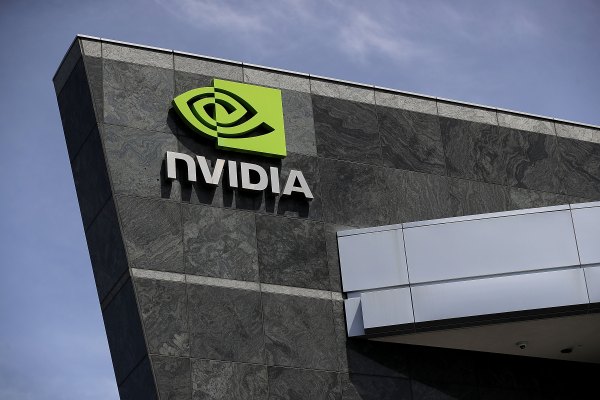Nvidia is making a hard pitch at this year’s Mobile World Congress Los Angeles that the future of software-defined 5G networks should be powered by its chipsets.
Through the launch of a new software development toolkit and a series of partnerships announced today with Ericsson (for networking), Microsoft (for its cloud computing) and Red Hat (for its Kubernetes expertise), Nvidia is pitching telecommunications companies that its chipsets are the best base for managing the breadth of new services 5G networking will enable.
Getting in on the ground floor would be a huge win for the chip manufacturer, especially since 5G antennas will need to be fairly ubiquitous to be effective.
Helping to make that case is the launch of a new software development toolkit that will let telecommunications companies take more advantage of the “network slicing” abilities (allowing telecom companies to dial up and down capacity on a session-by-session basis) that 5G networking provides.
In a keynote speech from Nvidia’s chief executive, Jensen Huang, ahead of the convention, the company’s pitch is that embedding its chipsets and new software into those networks is the best way for telecom companies to add dynamically provisioned additional services.
The company has developed two software development kits: a CUDA Virtual Network Function, which provides optimized inputs and outputs and processing; and CUDA Baseband, which has a GPU-accelerated signal processing pipeline.
What’s more, the Aerial software development kits run on top of Nvidia’s previously announced EGX stack, which works with the new containerized software development paradigm dominated by Kubernetes.
The GPU-enabled off-the-shelf servers that telecoms can all be installed with Nvidia software as containers that run on Kubernetes.
If the software is one new hook for telecommunications companies, Nvidia’s “collaboration” with Ericsson could be another.
With Ericsson, Nvidia hopes to build out its abilities to virtualize radio area network architectures to make the networking technology lower-cost, more scalable and more energy efficient.
“With NVIDIA we will jointly look at bringing alternatives to market for virtualizing the complete radio access network,” Fredrik Jejdling, executive vice president and head of Networks at Ericsson, said, in a statement.
Another partner that Nvidia is bringing to the table is Microsoft, whose Azure cloud services will be more tightly integrated with Nvidia’s EGX hardware and software like the Metropolis video analytics tools.
“In a world where computing is becoming embedded in every place and every thing, organizations require a distributed computing fabric that spans the cloud and edge,” said Satya Nadella, chief executive of Microsoft, in a statement. Nvidia represents the edge, and Microsoft is making a pitch to be the cloud service provider.
Tighter connectivity to cloud services is one way that Nvidia can ensure its stack of hardware and software tools makes an appealing choice for telecommunications companies casting around for the right hardware provider to complement their networking services. Another is to make sure that Nvidia’s chipsets are developer-friendly.
To achieve that, the company also is expanding on its partnership with RedHat to speed up the adoption of Kubernetes in data centers and to telecom infrastructure through the newly announced Nvidia Aerial software development toolkit.
“The industry is ramping 5G and the ‘smart everything’ revolution is beginning. Billions of sensors and devices will be sprinkled all over the world enabling new applications and services,” said Huang. “We’re working with Red Hat to build a cloud-native, massively scalable, high-performance GPU computing infrastructure for this new 5G world. Powered by the Nvidia EGX Edge Supercomputing Platform, a new wave of applications will emerge, just as with the smartphone revolution.”
